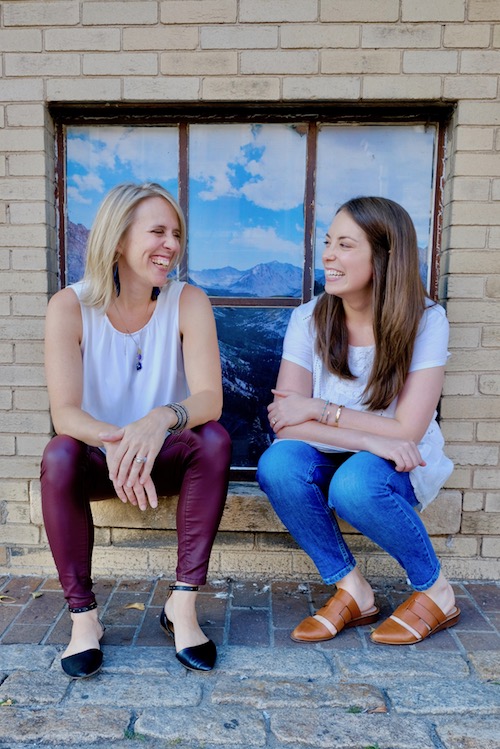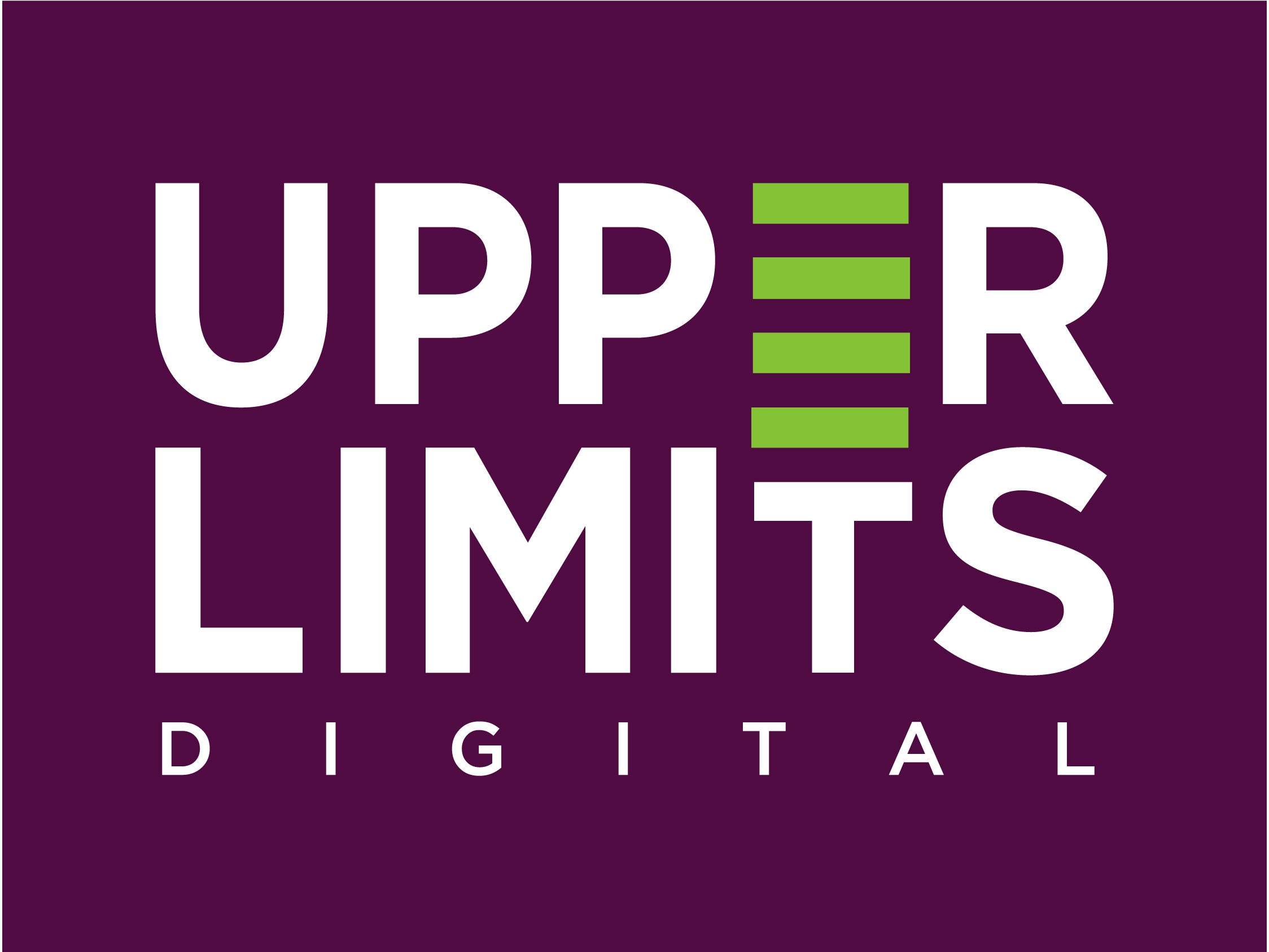The word authentic, specifically in the marketing realm, has gotten a bad rap in recent years for becoming an overused buzzword. I would go as far as to say that it’s been thrown around carelessly without a true understanding of what it actually means to be an authentic brand. I can certainly say that I’m guilty.
So, let’s really unpack brand authenticity.
We don’t need to turn to a dictionary to know the meaning of authenticity. At face value, it means to be genuine. Ironically, in the current climate, the word in and of itself seems to defy its own meaning.
After 6 years of grappling with the concept, I finally feel as though we are coming into an alignment with being an authentic brand.
At the root of an authentic brand, you will find the company values. Your values are the driver for every other part of your business: how your team works together, your messaging and marketing strategies, even for the types of clients you invite into the business.
I get that this is, for many, a rudimentary exercise that many of us have been taught and done already, maybe even done numerous times. Reflecting back on the years of building my business, however, I realize that despite having established values back in the very beginning, those values were NOT always the driver for how I did business.
And this is a deal breaker.
Your actions and decisions must be in alignment with your core values to be an authentic brand.
So, why wasn’t this majestic alignment happening for me? Fear, ugly fear, was getting in the way, as it does with so many other things in life.
Fear of lack, fear of judgment, fear of failure…all these nasty fears can lure you away from sticking to your core company values.
In the wake of the new year, I was determined to re-evaluate our own company values, start cultivating a company culture and fall into alignment with these visions and values that have been brewing since the day we signed our first client.
The most important lesson in coming into this alignment is to stop playing small. I’ve been fooling myself to think that the only path is to keep our heads down and let our work speak for itself. Don’t get me wrong, it does! This has been evident in the fact that 100% of our business has thus far come from word of mouth referrals. BUT, that has been my excuse…my cop-out. We’ve been lucky to have the excuse, and continue to fill our days with client work, but it’s time to become our own authentic brand.
It’s time our actions and work not only reflect our values, but that our outward facing brand shows them too.
Our team met to collaborate on our high level vision, and here is what we came up with for our Upper Limits company values:
- Empowering
- Community-Minded
- Results Driven
- Transparent
- Systematic
But, here is where I suspect we may have fallen short in the past. So, we’ve got our values, but now what? It’s easy to drop the ball if we don’t unpack what all this means and what we need to do from here. So, the next step was to ask questions:
- Empowering– How can we use our day-to-day actions to empower our team, our clients and our community?
- Community-Minded– How can we build relationships in our local business community and with other organizations that are aligned with our values?
- Results Driven– How can we fine tune our processes and extract data points that support our goals and the goals of our clients?
- Transparent– How can we offer our clients and our team the highest level of transparency, honesty and authenticity?
- Systematic– How can we implement consistent and workable systems in order to see things from start to finish through stepped, achievable processes?
Now, we’re getting somewhere. These questions become the catalyst for tangible action steps:
 Empowering-How can we use our day-to-day actions to empower our team, our clients and our community?
Empowering-How can we use our day-to-day actions to empower our team, our clients and our community?
— Team members are empowered to make decisions driven by the needs of the clients.
— Team members are encouraged to identify opportunities and present and implement solution oriented strategies.
— We continue to match our team members’ work with their strengths, abilities and personality. Part of our onboarding process requires the Strength Finders process.
–We continue to offer or make available ongoing training and education to instill confidence and build knowledge for our team members, clients and community. This will be done by hosting our own workshops and registering team members for other valuable workshops and industry conferences.
Theodore Roosevelt said “the best executive is the one who has sense enough to pick good men to do what he wants done, and self-restraint enough to keep from meddling with them while they do it.”
2. Community-Minded
– How can we build relationships in our local business community and with other organizations that are aligned with our values?
— The team will collectively and individually participate in local networking groups that feel aligned with our visions and values. For us, this will be the local Chamber of Commerce, Creative Mornings and FemCity Asheville.
— As a team, we will spend half of a work day once a month in order to volunteer at a local organization. Initially, we will donate hours to helping to pack food at our local food bank, Manna. Long term, we aim to spend hours teaching marketing skills with local organizations that help our business community and even have our own event to empower young children interested in entrepreneurship.
3. Results Driven
– How can we continue to fine tune our processes and extract data points that support our goals and the goals of our clients?
— This involves creating a process that a) establishes the client’s goals, b) ensures that we have access to all necessary data or if it is not being collected or there are missing links in the chain, we need to take actions to connect all of the dots from strategy to goal and c) following up to routinely track the KPIs and make sure that we are on track to our goals.
4. Transparent
– How can we continue to offer our clients and our team the highest level of transparency, honesty and authenticity?
— Compile case studies to showcase the client’s initial problem, the actions we took to solve that problem and then celebrate the results or show the actions we took to pivot when needed.
5. Systematic
– How can we implement consistent and workable systems in order to see things from start to finish through stepped, achievable processes?
— We will continue to develop standard operations of procedure for our most common business tasks and choose software that will continue to improve our efficiency and deliverability. These systems include, but are not limited to: sales/marketing CRM, content publishing tool, reporting and analytics software.
Now, we have gone from our core values which started as mere words and were able to drill down into specific action steps.
The last link in the chain will be to take these action steps, delegate and put them into our task management system and onto our calendars.
We streamlined this process for you in an easy-to-use downloadable worksheet, Putting Core Values Into Action. Just click here to download. That’s it. Really. No email necessary. Just click, download and enjoy!
